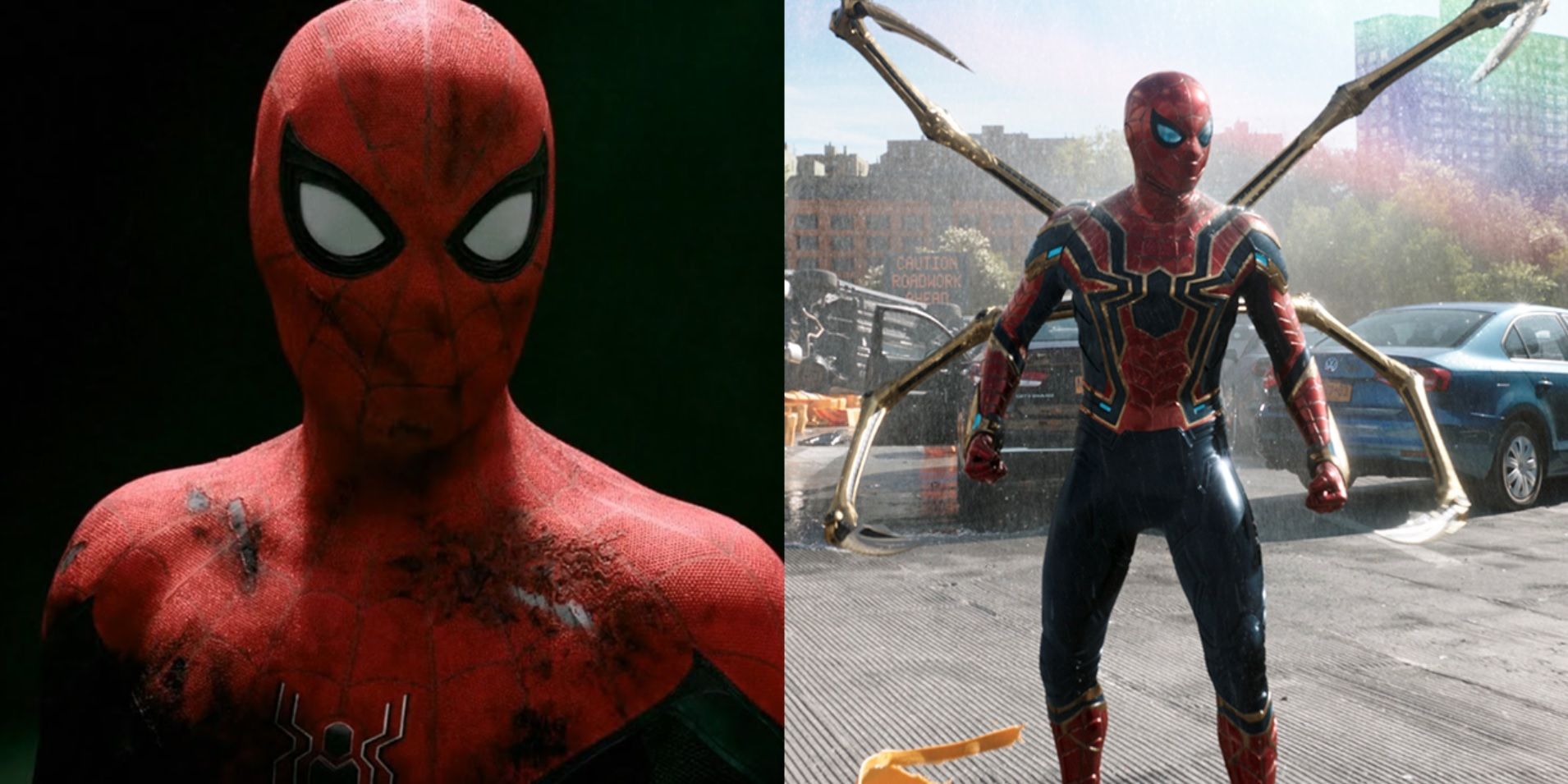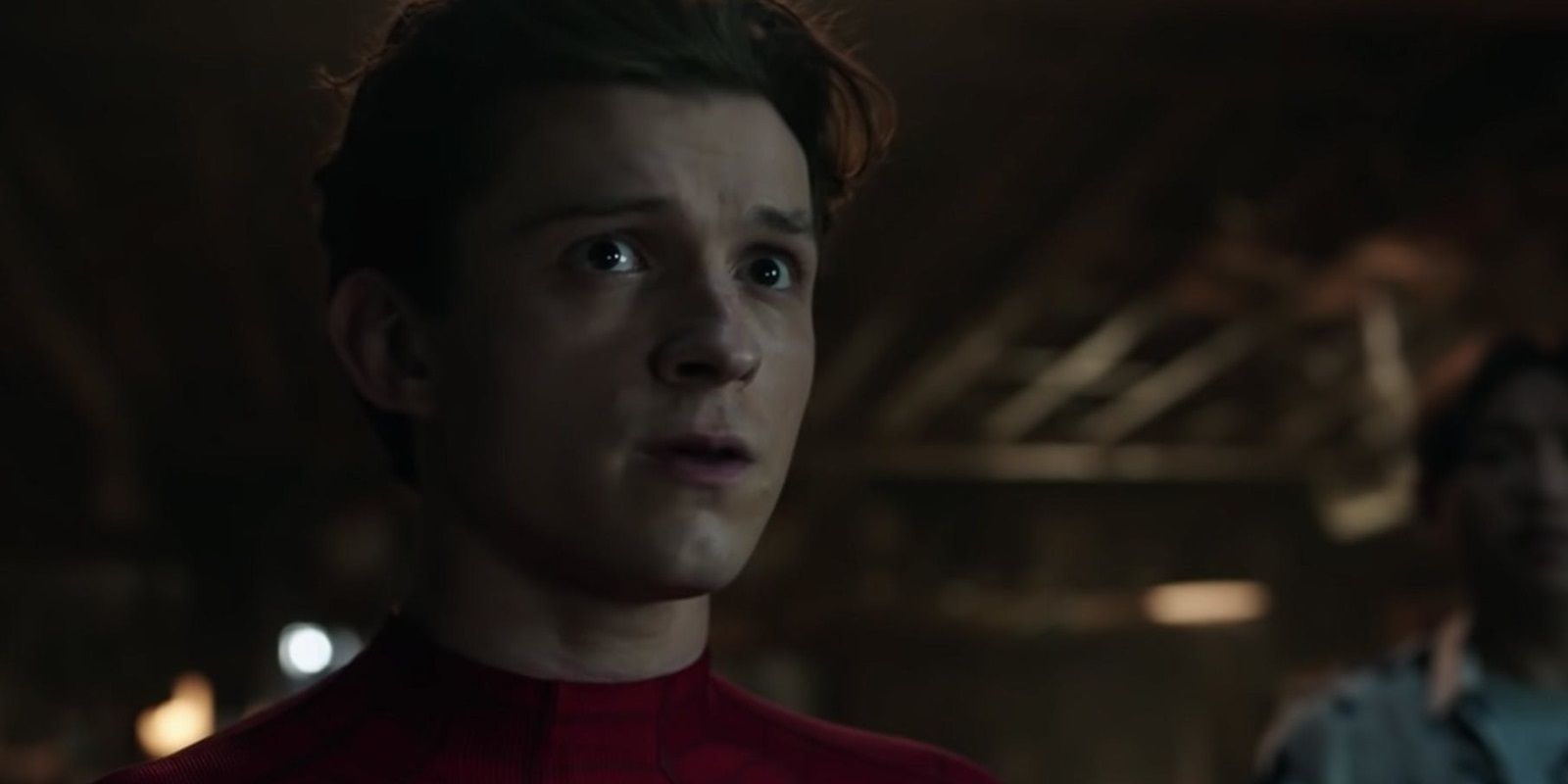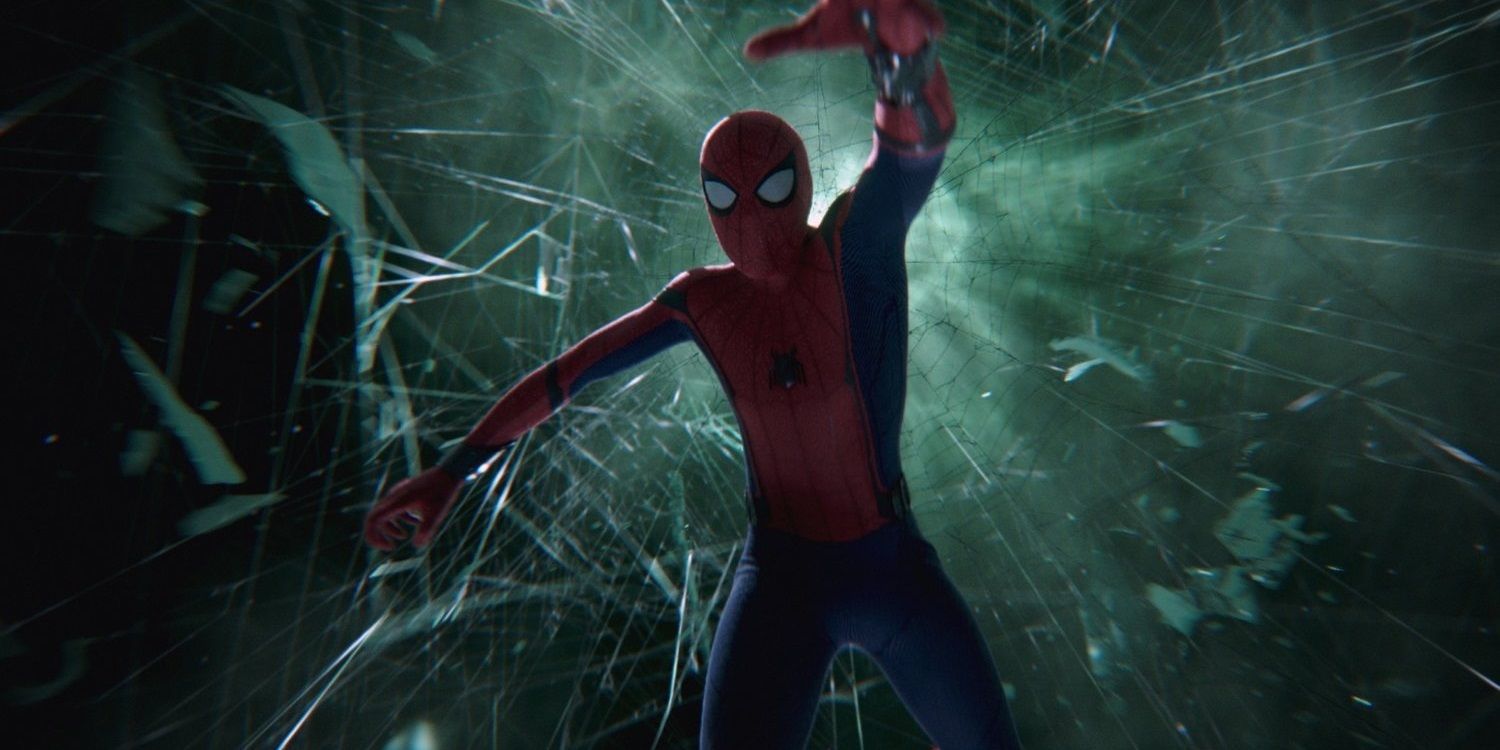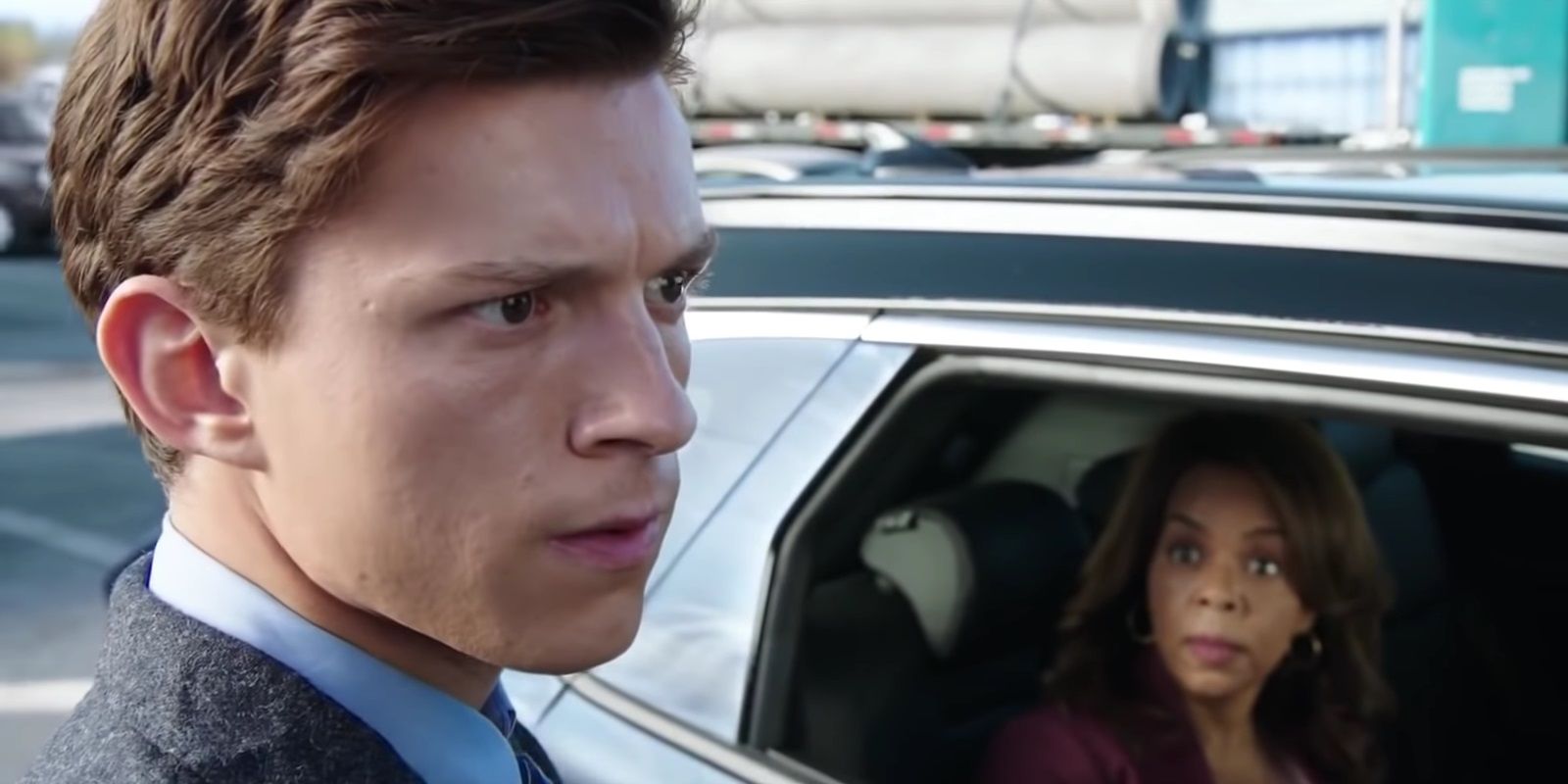Arguably Marvel Studios’ most ambitious, self-aware, experimental movie to date, Spider-Man: No Way Home had a lot of storylines to juggle. It picks up where its predecessor Far From Home left off and turns Spidey’s entire life upside down before breaking open the multiverse and bringing Tobey Maguire and Andrew Garfield’s Spider-Men (and five of their villains) into the MCU. While its meta crossover-event premise was undoubtedly risky, director Jon Watts stuck the landing beautifully. The MCU Spidey threequel succeeds on many counts, providing audiences with all the fan service they could ask for while also telling a moving Frank Capra-esque fable about second chances.
As No Way Home hits the home media market, many Marvel fans are revisiting the movie and re-evaluating its strengths and weaknesses. When it first arrived in theaters, many audiences were sedated with a healthy dose of nostalgia and overlooked some of the movie’s shakier spots. On rewatches, the plot holes stand out a little more. For starters, the rules of Doctor Strange’s brainwashing spell are as inconsistent as the rules for acquiring the Soul Stone.
But it’s easy to overlook a fridge-logic problem like the inevitably grim fate that awaits the villains in their own universes regardless of whether they’ve been “cured,” because the message that everybody deserves a second chance is so strong. Tweaking the lore is forgivable if it serves the themes of a great story, and No Way Home has a great story to tell. It’s the ultimate Peter Parker tale. He could just let the villains return to their own universes and perish, but Zendaya’s MJ says it best: “That’s not who he is.”
The Ultimate Peter Parker Story
The biggest strength of Watts’ direction of No Way Home is that he remained unwaveringly focused on Tom Holland’s Peter Parker throughout the movie. He didn’t turn it into Spider-Man 4 or The Amazing Spider-Man 3 or a Sinister Six movie – everything in No Way Home serves Peter’s ongoing “hero’s journey” in the MCU. A less competent execution of No Way Home’s premise would’ve disappeared down the rabbit hole of self-awareness and favored recreating memes over charting Peter’s personal growth. There are plenty of meme recreations in No Way Home, but Watts ensures it’s Holland’s movie from beginning to end. He spends the movie trying to fix his own mistake, he finally hears Uncle Ben’s iconic advice, and he resolves the final battle by making a heartbreaking sacrifice.
With its neo-noir investigation storyline, Matt Reeves’ The Batman has finally shed a light on Bruce Wayne’s talent as a detective, which is often ignored in the movies because it’s not as fun to visualize as beating street thugs to a pulp or flying a self-branded plane. Spider-Man’s version of this is his Spider-Sense. It’s one of his most useful powers, because it gives him a split-second to prepare for impending danger, but since a sixth sense is less exciting to put on film than web-slinging and wall-crawling, it’s often given a backseat or even ignored in Spidey’s big-screen adventures.
“Peter Tingle”
In Far From Home, Watts finally put Peter’s Spider-Sense in the spotlight. With a barrage of convincing illusions, Mysterio was the perfect villain to exemplify this superpower. Throughout the movie, Spidey learns how to tap into his Spider-Sense – hilariously dubbed the “Peter tingle” by Aunt May – to see through those illusions. The most obvious way that No Way Home follows on from Far From Home is by picking up exactly where it left off, with the Daily Bugle revealing Spidey’s secret identity to the public and framing him for Mysterio’s attack on London. But Watts also finds space in the threequel’s jam-packed runtime to follow up on Far From Home’s “Peter tingle” storyline.
Continuing the “Peter tingle” arc from Far From Home is one of the many plates spun by No Way Home’s behemoth plot. Following up on his journey to hone this tingle in Far From Home, No Way Home depicts Spidey with a more finely tuned Spider-Sense. It starts to tingle right before Doc Ock attacks the bridge, and right before Norman Osborn’s “darker half” takes over in Happy’s condo. When Spidey manages to web Norman’s hand before he goes full Goblin, Norman grins and says, “That’s some neat trick, that sense of yours.” Not only did Watts prominently feature the Spider-Sense in No Way Home; he also figured out a fun new way to visualize it.
Dolly Zooms
While Far From Home told a whole story about Spider-Sense, it didn’t really visualize the power beyond demonstrating that he’s able to anticipate each drone attack in the final battle. Sam Raimi went a little overboard in visualizing this power. In true Raimi style, his portrayal of Peter’s Spider-Sense is a jaw-dropping, slightly unnerving visual effect. The camera swoops around all the little surrounding details that Peter notices, like the flapping of a fly’s wings or the airborne journey of a spitball. This was visually interesting, but also distracting, because it suddenly cut out of a scene to cycle through a montage of bizarre computer-generated close-ups in super slow-motion.
In No Way Home, Watts found the sweet spot between not visualizing the Spider-Sense at all like in Far From Home and visualizing it to an unsettling degree like Raimi. When Watts wants to show Peter’s Spider-Sense tingling, he simply pulls in on Tom Holland with a dolly zoom. The dolly zoom is a simple but fiercely effective in-camera technique that combines the zoom lens and the camera operator’s physical movement to give the impression of zooming in and out at the same time.
In Vertigo, Alfred Hitchcock uses dolly zooms to show the effects of James Stewart’s titular condition. In Jaws, Steven Spielberg uses a dolly zoom to show Chief Brody’s terror as he spots a blood-soaked shark attack from the middle of a crowded beach. In Goodfellas, Martin Scorsese uses a slow dolly zoom to show Jimmy and Henry’s paranoia as the feds close in on them. The dolly zoom is always used to show a character in distress, which is perfect for Spider-Man sensing that something terrible is about to happen.




